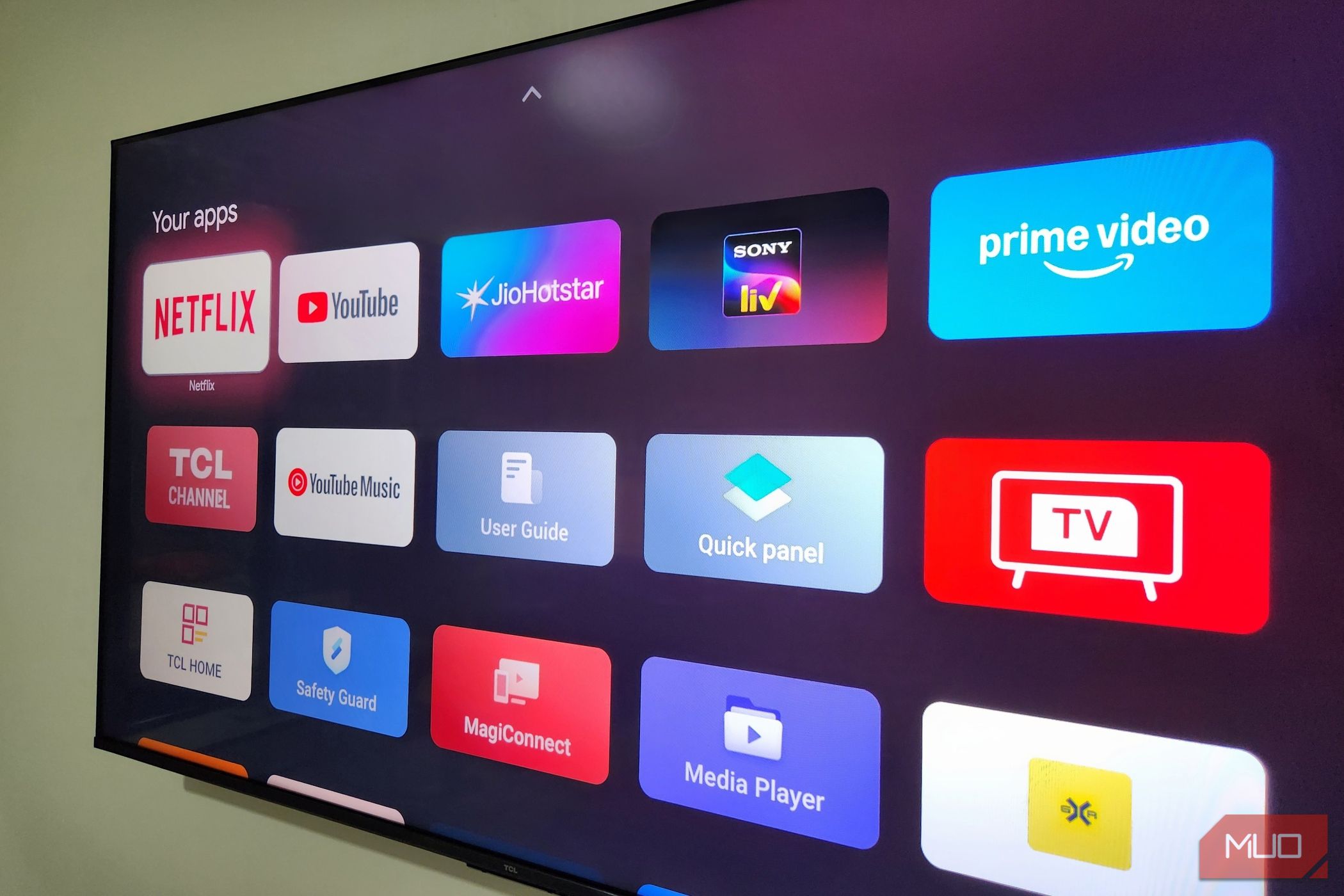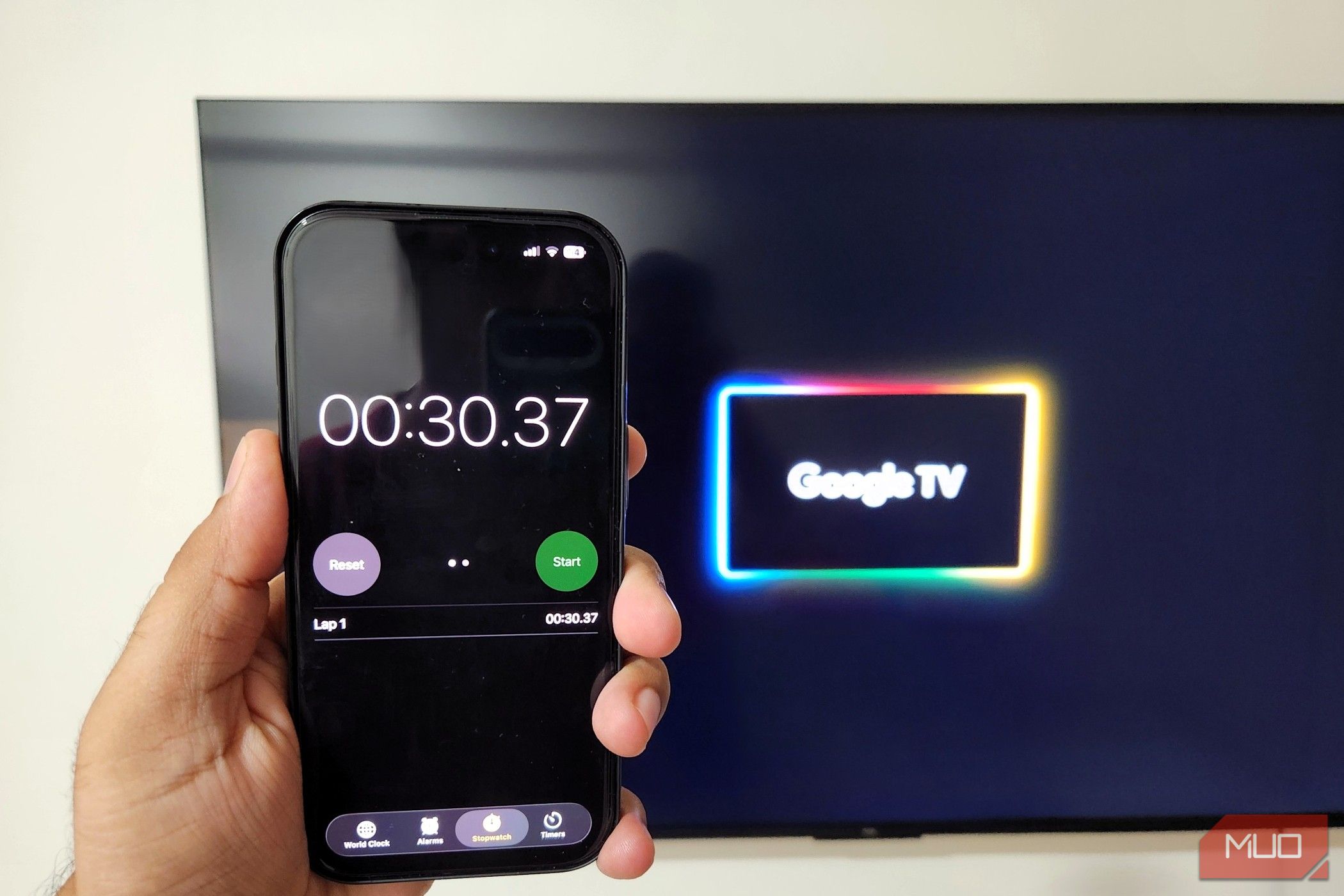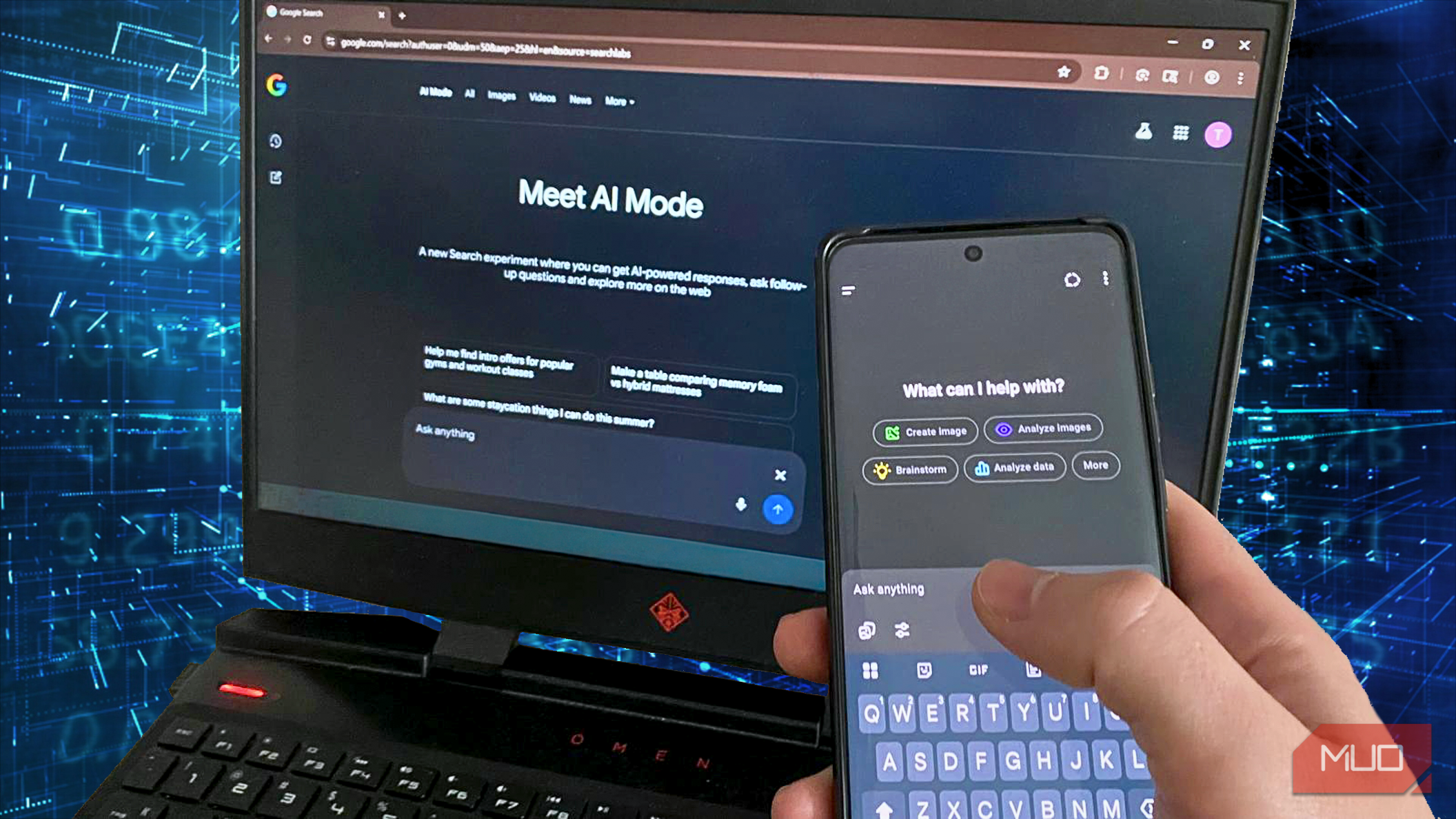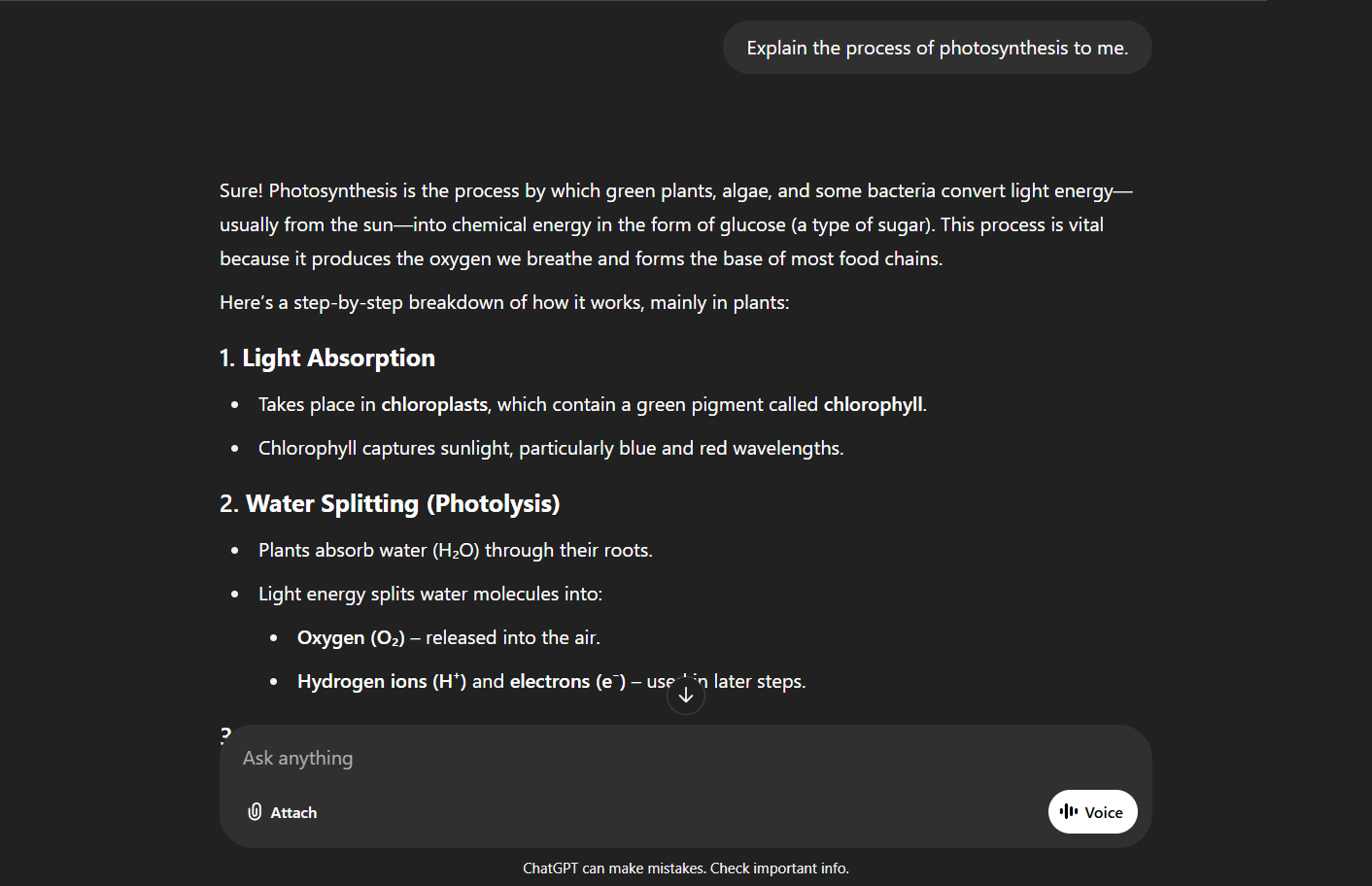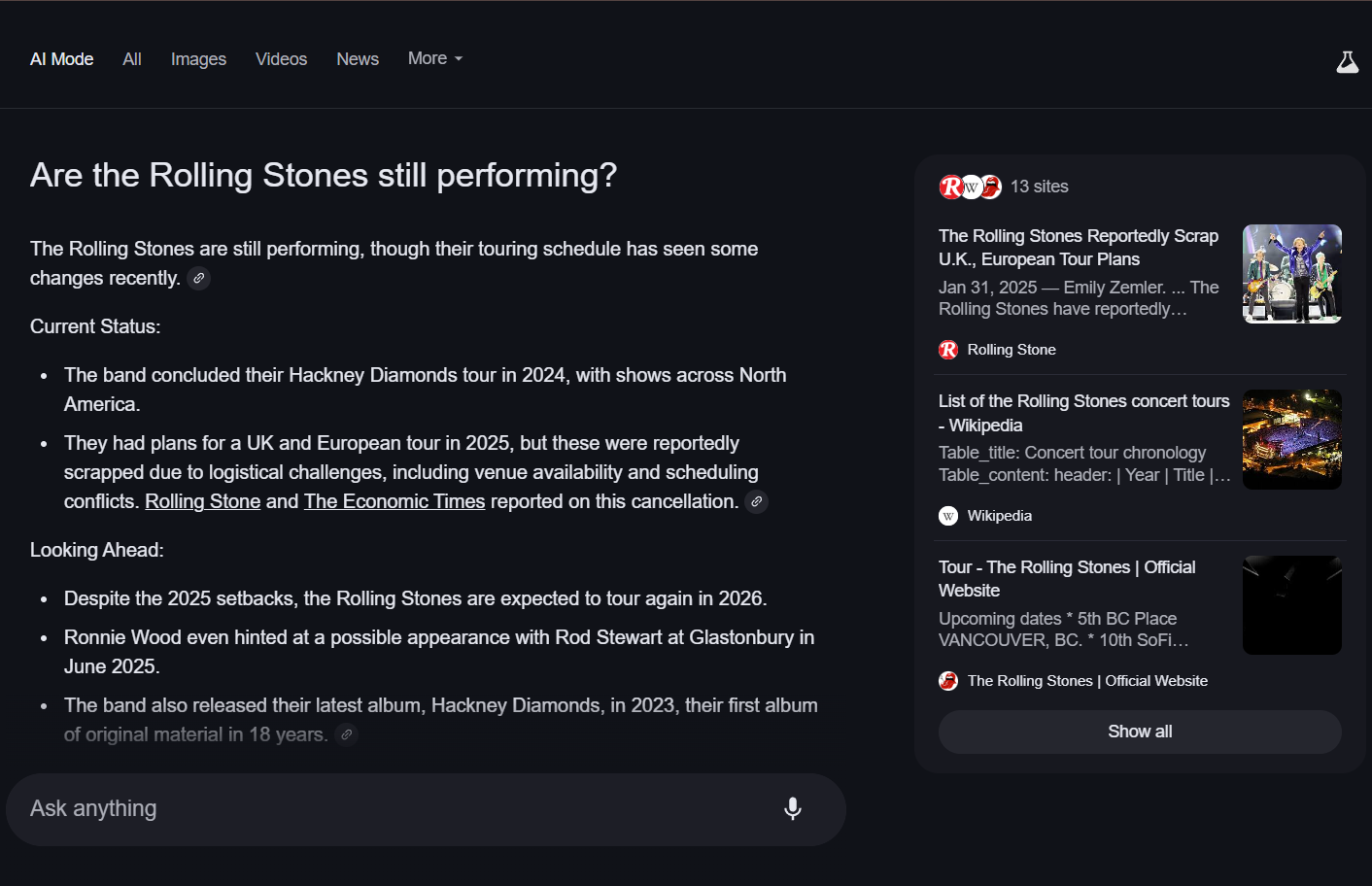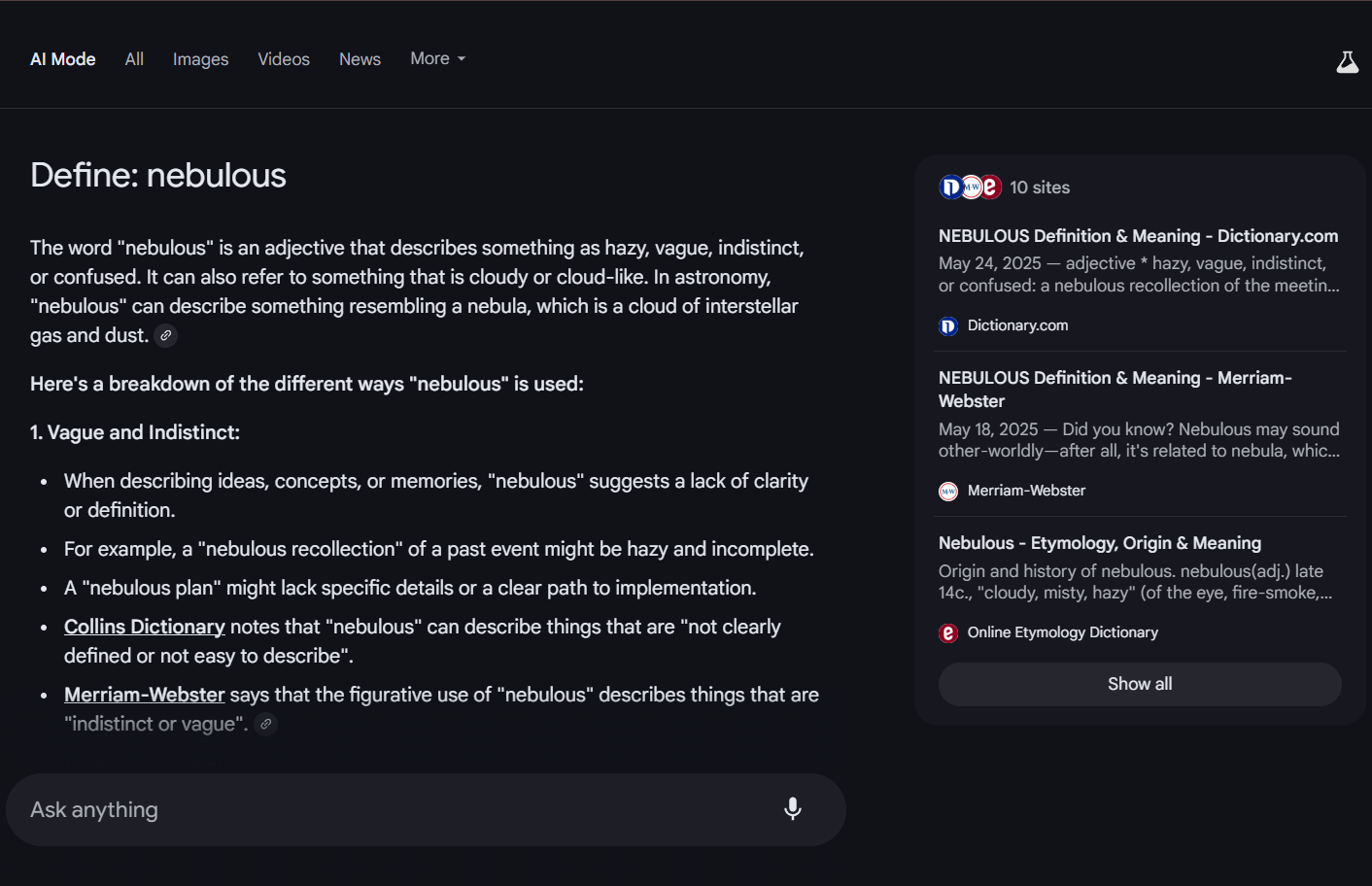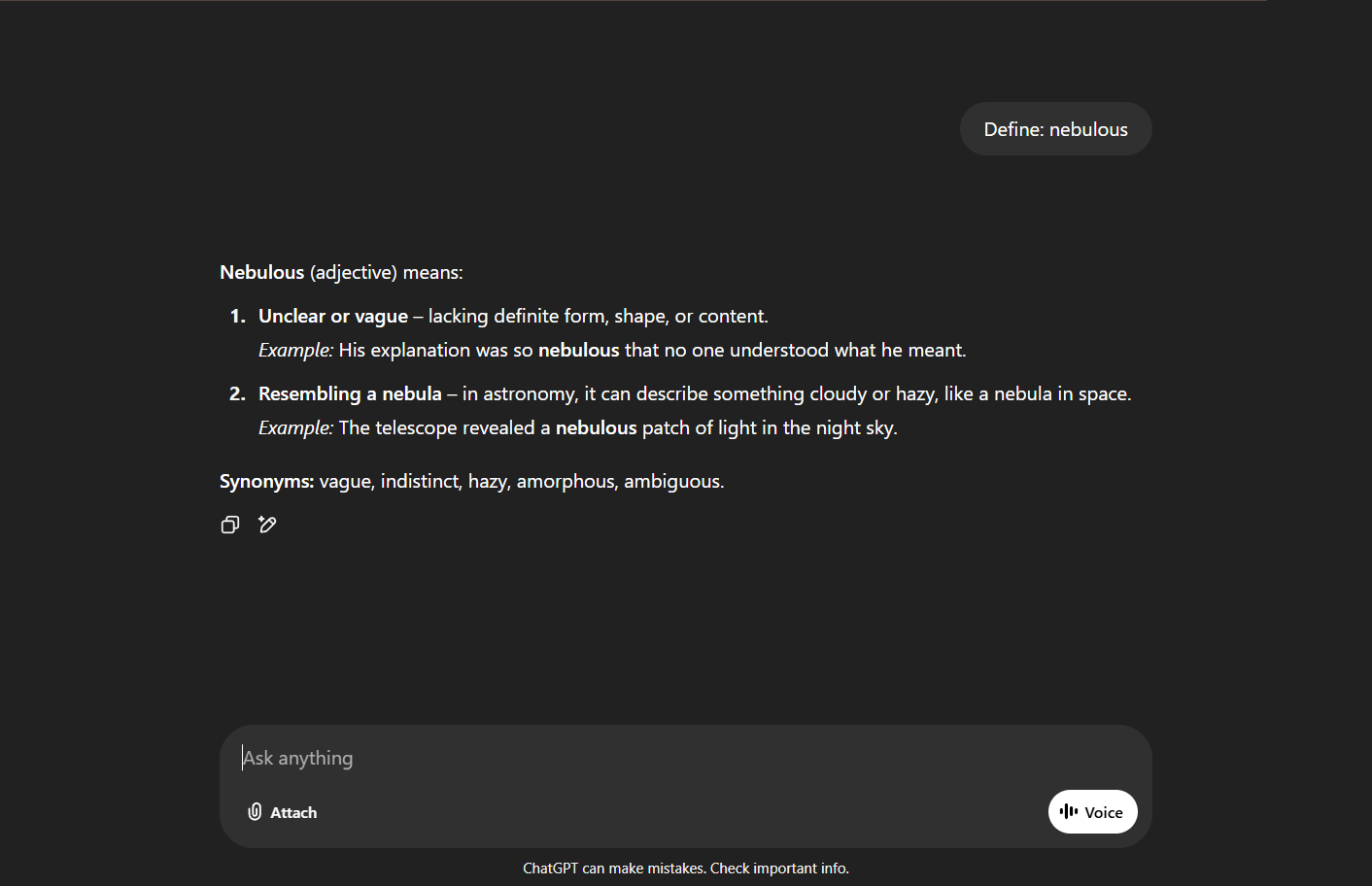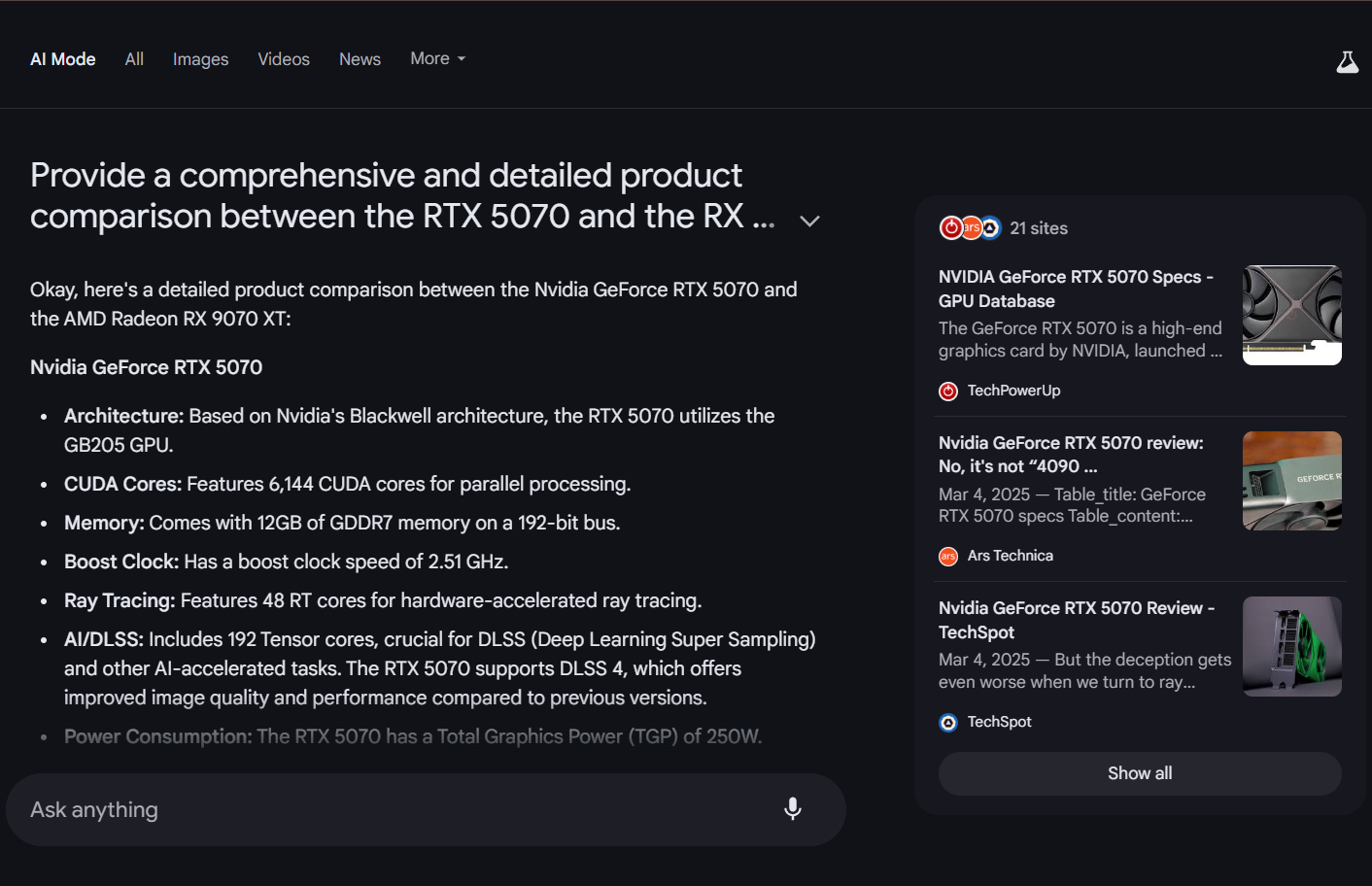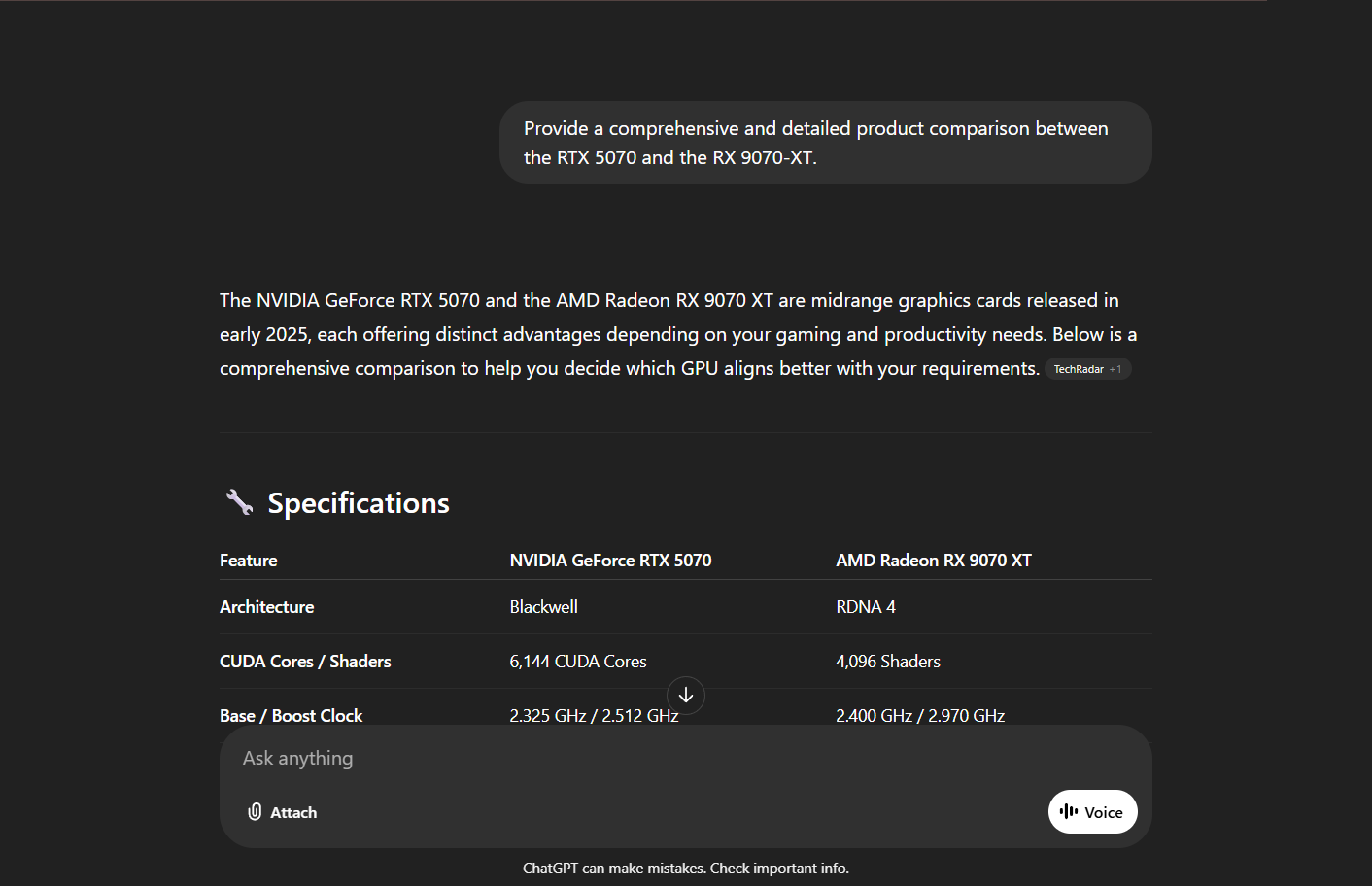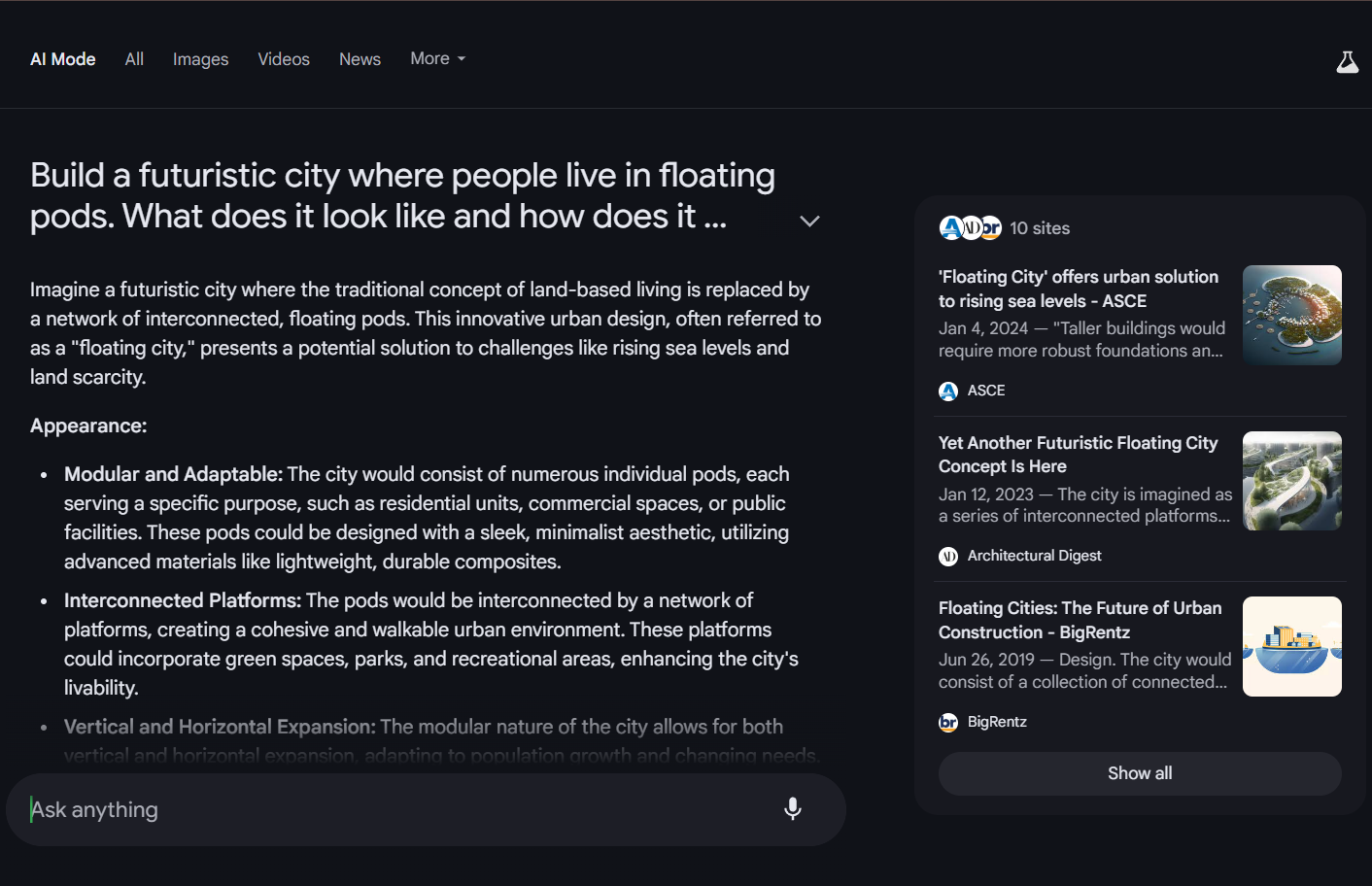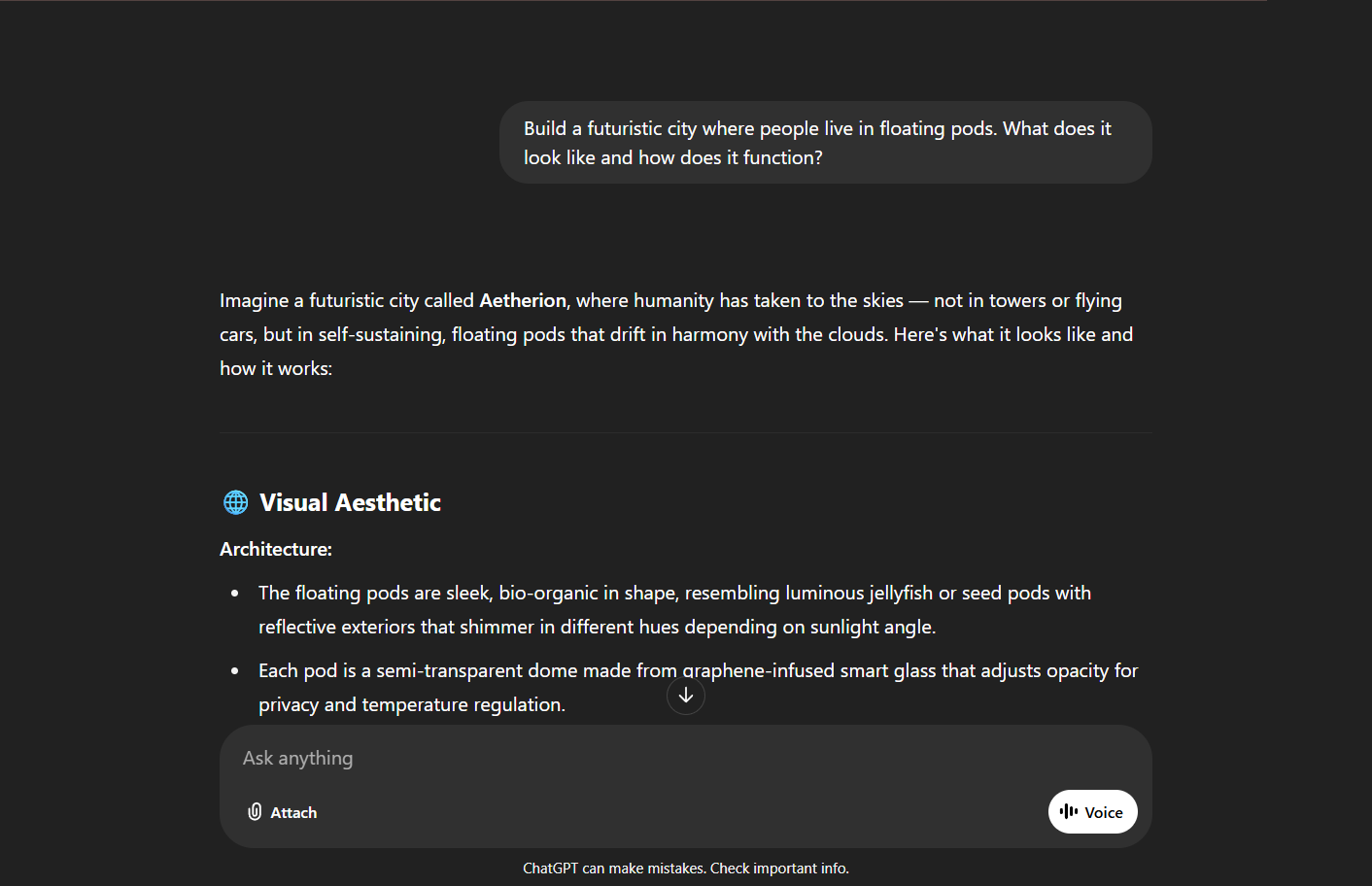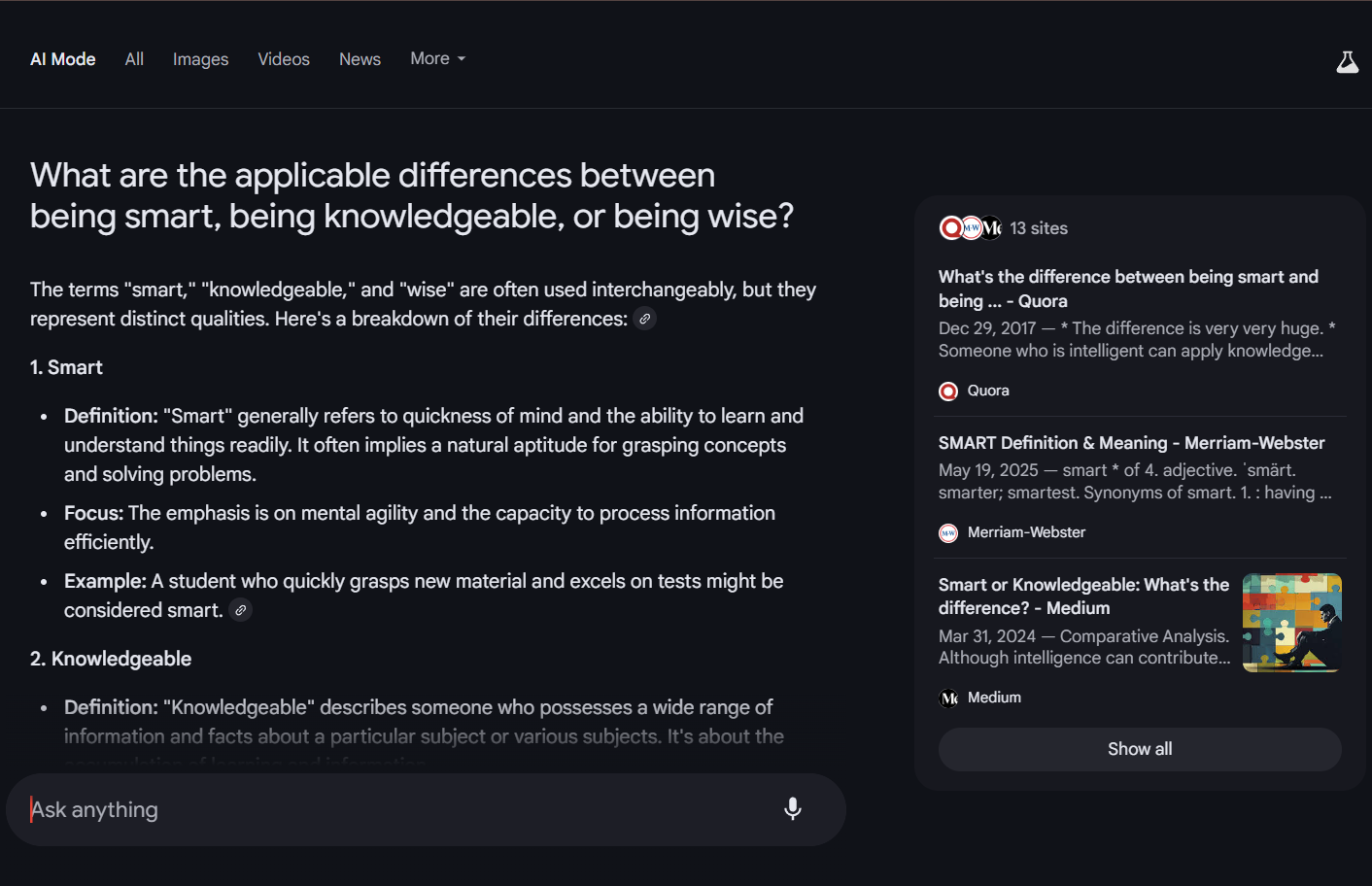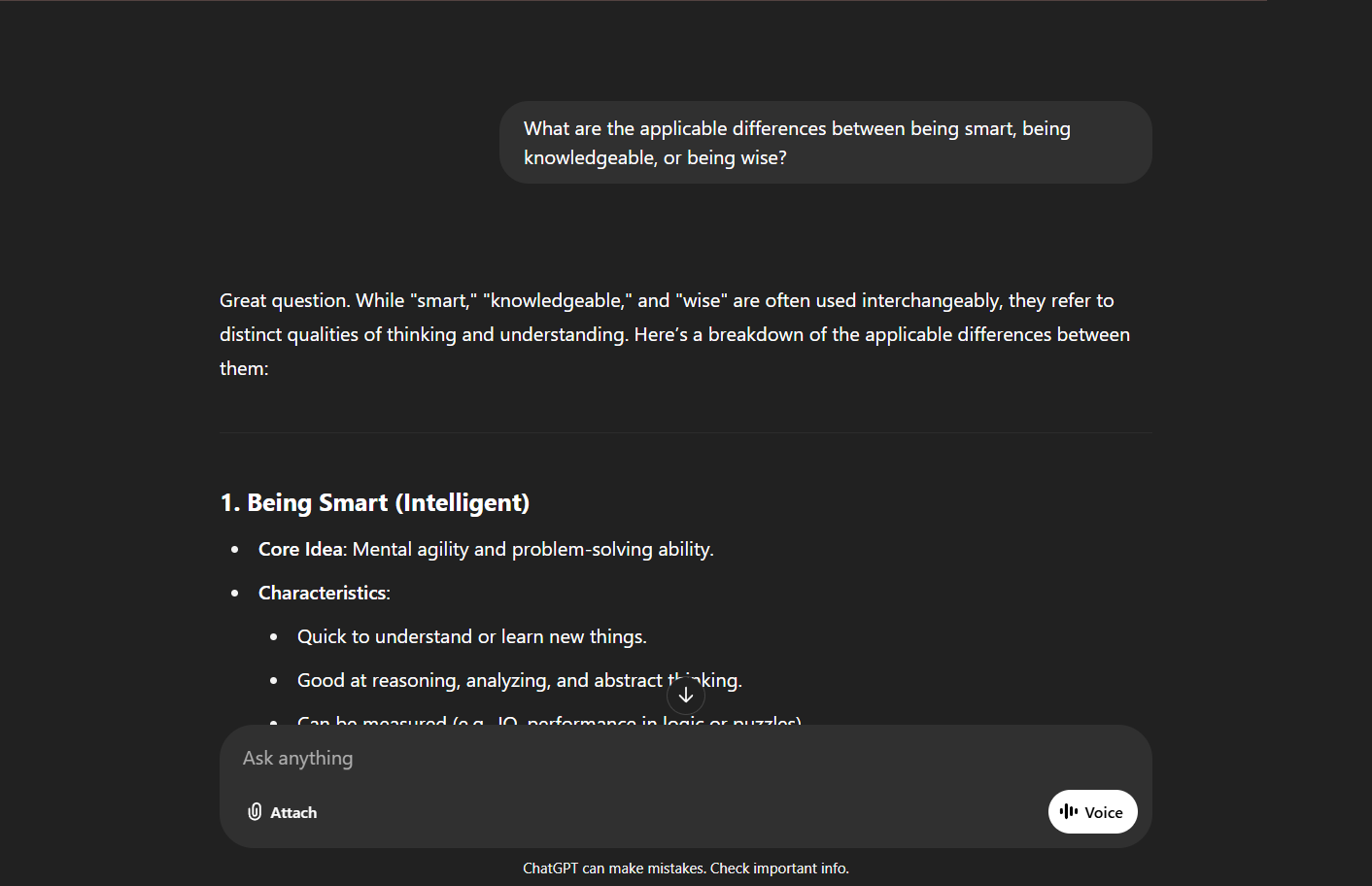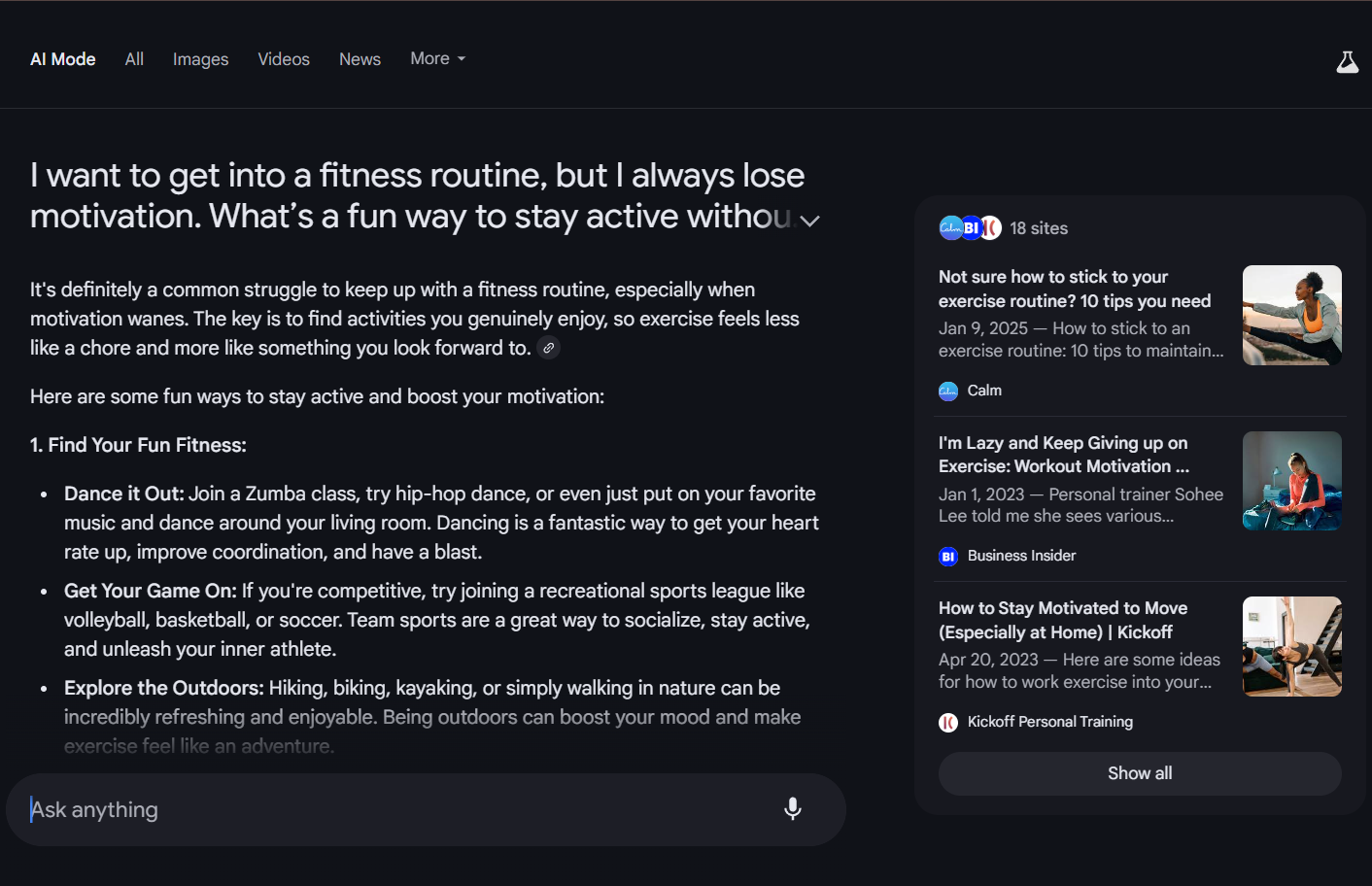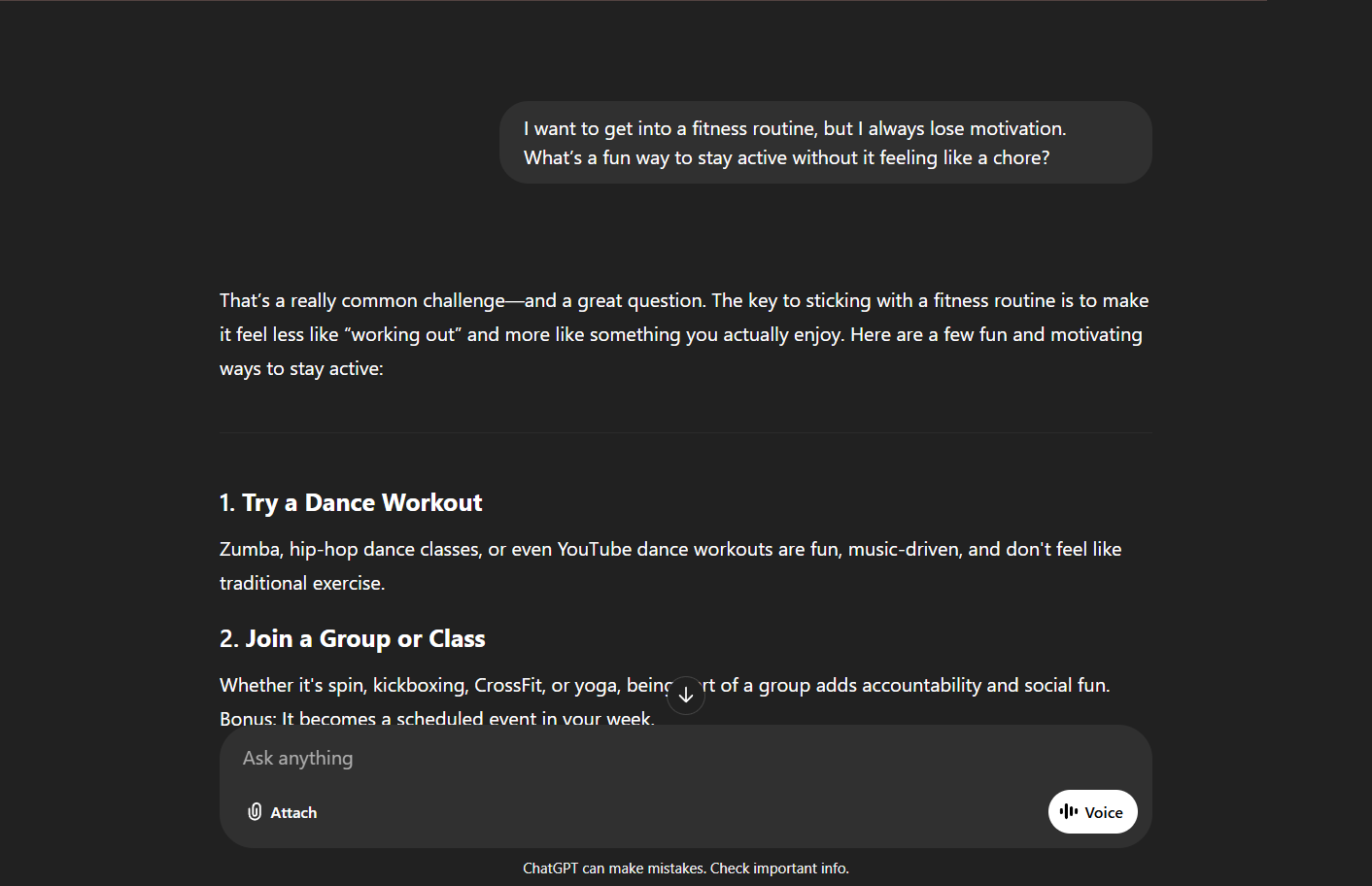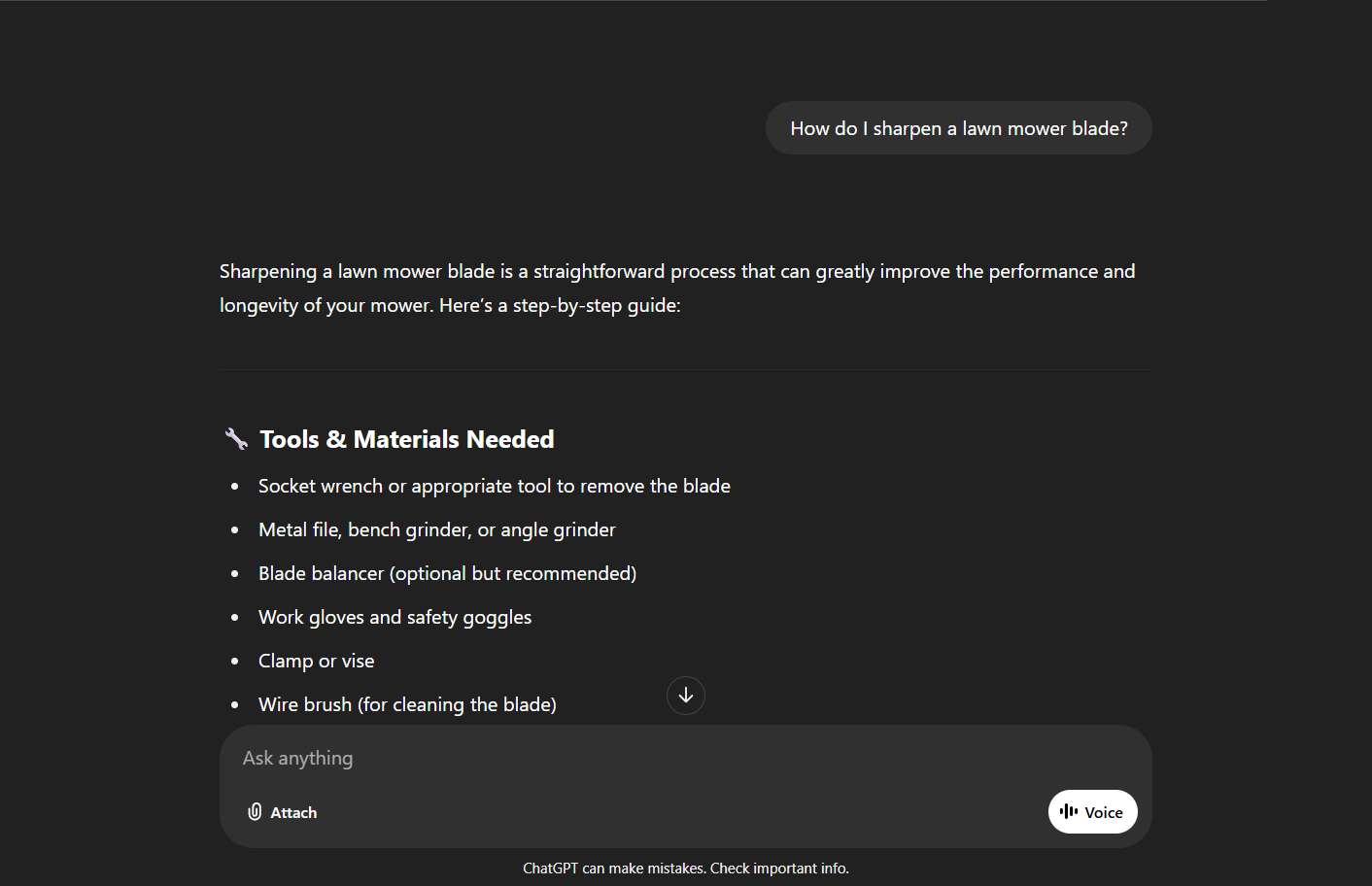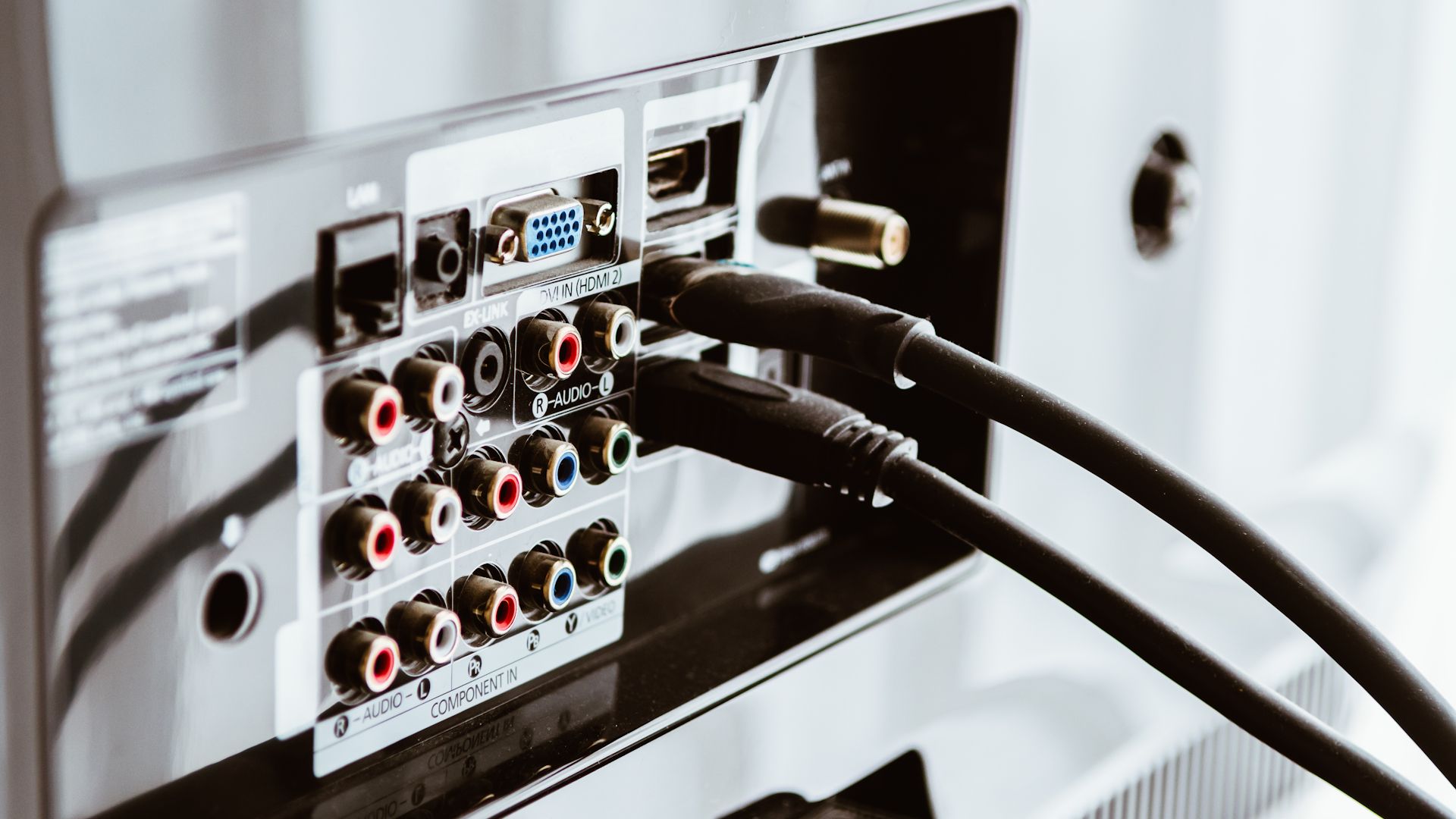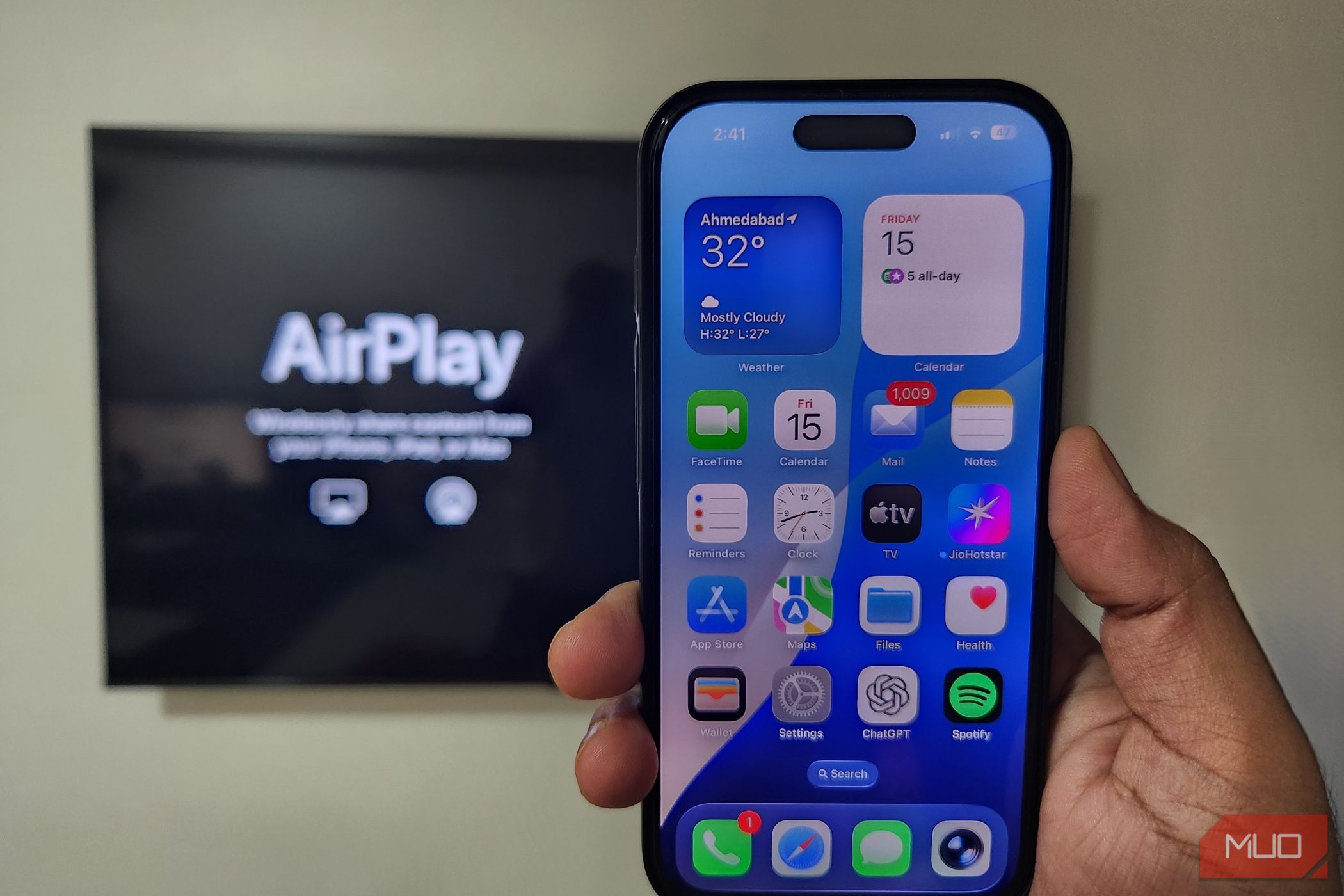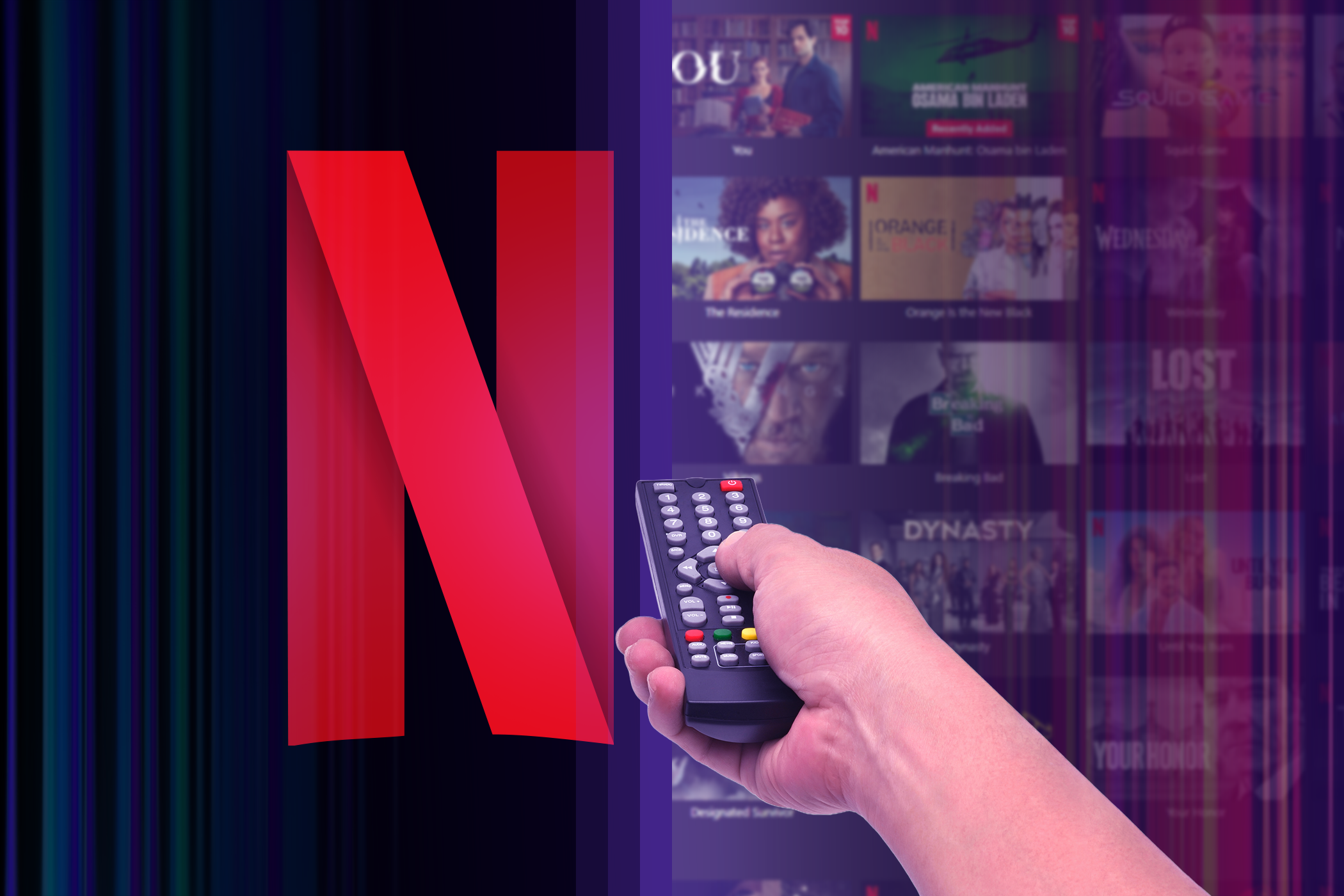Choosing the best AI chatbot comes down to speed, accuracy, and convenience. Both Google AI Mode and ChatGPT promise top-tier performance, but how do they actually compare when tested with a range of real-world prompts?
Where Google AI Mode Shines
Google is overhauling AI Overviews with Google AI Mode, and isn’t messing around when it comes to speed and authority. It operates with a focus on direct, source-based delivery, providing accurate responses with precise, transparent, and up-to-date info.
Basic Factual Questions
If you’re looking for objective, fact-based information, Google AI Mode has a clear edge. It pulls in current, cited data straight from the web, and shows the sources right next to the answer. That setup gives it instant credibility. For example, if you’re looking up tax brackets or public health stats, the direct links to government or institutional sites make it easy to verify the info right away.
ChatGPT, on the other hand, uses its “Search the web” feature that you can toggle on, but only if you’re signed into an account. Without that, answers come from its training data, which might not include the latest updates. Even when the feature is enabled, the layout isn’t quite as clean. The sources tend to show up at the beginning or end of the response, making them either disruptive or cumbersome to find, respectively.
News and Current Events
With Google AI Mode soon to be directly integrated into Google Search, you’ll be able to easily access up-to-date news and current events. From financial markets to the whereabouts of a celebrity, it’s capable of pulling current info from actively updated sources and turning it into an easy-to-read summary.
Google brings together reports from major news outlets, official agencies, and niche publications, with a clear focus on recent timestamps and where the data came from. That makes it especially useful for time-sensitive areas like economics, security, and new legislation.
ChatGPT can also provide recent news when “Search the web” is turned on, but the experience isn’t quite as immediate or clean. Source links don’t always show up in the same place, and while the summaries are well-written, ChatGPT sometimes jumbles together information or gives flat-out wrong responses.
Problem Solving and Troubleshooting
Google AI Mode tends to perform better when it comes to troubleshooting technical issues across both hardware and software. It provides detailed checklists with step-by-step solutions that match the complexity of the problem.
Take printer setup issues, for example. Google cross-references known error codes with system documentation and suggests different ways to fix them, whether it’s a permissions issue or a driver conflict. It often includes links to specific support pages or community forums with more specialized fixes.
ChatGPT can assist with technical problems, too, but its answers usually stick to a few general possibilities. It handles common issues well, but it’s less likely to dig into uncommon causes unless you ask directly. That can make it less dependable when you’re dealing with an extremely unique or specific issue.
What ChatGPT Does Best
ChatGPT’s strengths appear most clearly when interpretation, comparison, or creativity are involved. While it may not pull breaking headlines with the same accuracy as Google AI Mode, it makes up for that with clarity, structural consistency, and the ability to produce deeper context across a broad range of open-ended prompts.
Definitions of Words and Phrases
ChatGPT does a great job with clear, accurate definitions that are easy to read and quick to understand. Its explanations are straightforward without being oversimplified, and they often include subtle differences in tone, usage, or origin. This is especially helpful when approaching something from a social or cultural perspective, or when dealing with highly nuanced fields like law, medicine, or academia, where word choice really matters.
Google AI Mode, on the other hand, can sometimes make simple terms feel more complicated than they need to be. It pulls in a number of snippets from different sources, which can crowd the answer with extra variations or related ideas that aren’t always relevant. The result is often more thorough, but not as immediately helpful when you’re just looking for a clear definition.
Product Comparisons
ChatGPT tends to organize comparisons more clearly by keeping a consistent structure across key areas like specs, pricing, performance, and user experience.
If you’re looking at software tools, wearables, or PC components, ChatGPT lays out the info in a way that makes it easy to compare at a glance. It also incorporates aspects such as performance benchmarks, design trade-offs, and real-world use cases. It’s capable of highlighting what matters most rather than spitting out raw numbers, which is useful when sorting through similar options in crowded spaces like cloud platforms or smartphones.
ChatGPT’s effectiveness in product comparisons is enhanced by its ability to maintain context over long conversations. This feature is crucial for detailed comparisons, as seen in the best AI chatbots for handling big conversations.
Google provides plenty of details, but it usually handles each product separately. The comparison part feels a bit tacked on, often limited to a short summary table or wrap-up sentence. While the info is there, it’s harder to pull out clear takeaways when the products aren’t lined up side-by-side.
Creative or Open-Ended Prompts
When it comes to creative tasks, ChatGPT tends to deliver more fluid and well-rounded responses. Its output usually follows a natural flow, with original phrasing and tone that shifts based on the style you’re aiming for.
Google AI Mode doesn’t perform as well in this space. It often sticks to fixed formats and leans heavily on generic templates, omitting details that you might be looking for in a reply. While Google is more than capable of being generally creative, it lacks the nuance and variety that give content a more personal or customized feel.
Areas of Equal Strength
In some areas, both tools deliver equally strong results. These tend to be tasks that don’t depend much on up-to-the-minute data or specific formatting, but instead rely on structure, tone, and overall clarity.
Abstract or Philosophical Questions
For questions that involve subjective interpretation, theory, or human values, both platforms provide thoughtful and balanced answers.
Google and ChatGPT both incorporate social context, key thinkers, and diverse viewpoints with a neutral tone that encourages open exploration rather than pushing you in one direction. They both excel at expounding upon thoughtful topics, providing well-informed and grounded responses.
ChatGPT tends to sound a bit more conversational, while Google usually takes on a more academic vibe. Neither one gets the edge here, as both provide a similar level of insight and fairness.
Personal Advice & Subjective Prompts
Whether the question involves career changes, goal-setting, or handling interpersonal challenges, both Google AI Mode and ChatGPT tackle these subjective topics with care and insight.
Each platform offers a range of points to consider, steers clear of being too pushy, and shares practical tips without jumping to conclusions. Their tone and formatting are surprisingly aligned, which suggests they may have been trained on similar data for this specific context. In tests covering topics like balancing work goals with family life or managing tough conversations, the responses were notably similar, not only in what they suggested but also in how the advice was delivered.
When it comes to personal advice and subjective prompts, both Google and ChatGPT offer insightful responses that consider various perspectives, making them valuable AI tools for students or anyone seeking guidance.
How-To Guides
Both platforms handle instructional responses clearly and effectively. When breaking down processes, they each provide well-organized steps that are easy to follow.
ChatGPT often starts with a quick list of needed materials or prep notes, which is especially helpful for beginners or more complex tasks. Google tends to give more detailed explanations for each step, adding context or reasoning along the way.
Overall, they’re evenly matched when it comes to structure, readability, and practical use. The small differences really come down to personal preference rather than capability.
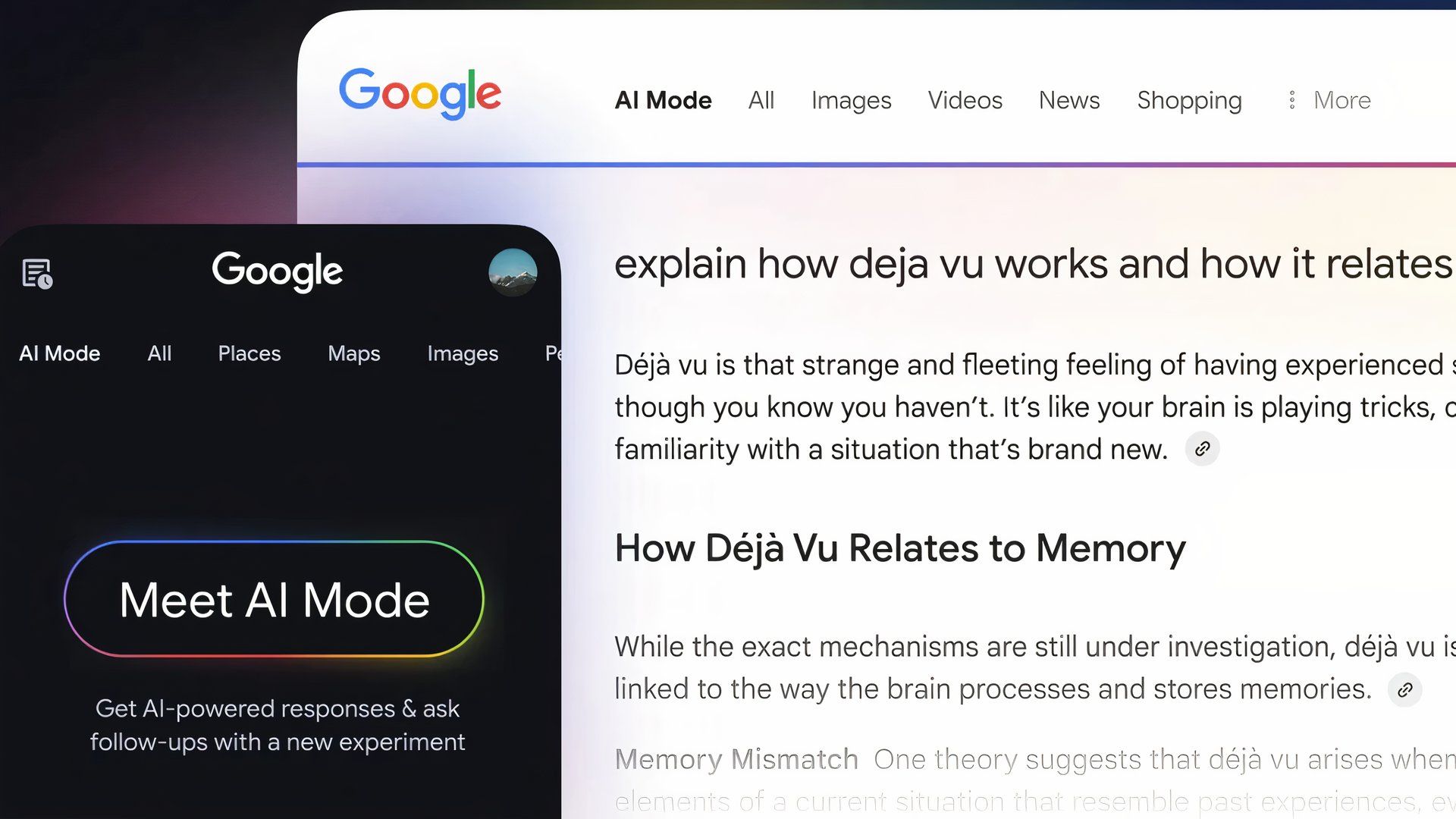
Related
Google Adds an “AI Mode” to Search to Take On ChatGPT and Perplexity
As well as expanding the availability of its AI Overviews, Google is also launching a dedicated AI Mode.
Google AI Mode and ChatGPT reflect different interpretations of what it means for AI chatbots to respond appropriately. Google prioritizes speed, precision, and verifiability—answers that are sharp, sourced, and ready to use. On the other hand, ChatGPT leans into reasoning, structure, and nuance—answers that unfold, explain, and sometimes even question the premise.
Neither model fails at the other’s strengths, but they don’t aim at the same outcome. One delivers certainty while the other invites perspective.
Ultimately, the smartest approach isn’t picking a winner; it’s knowing which tool fits the job.
